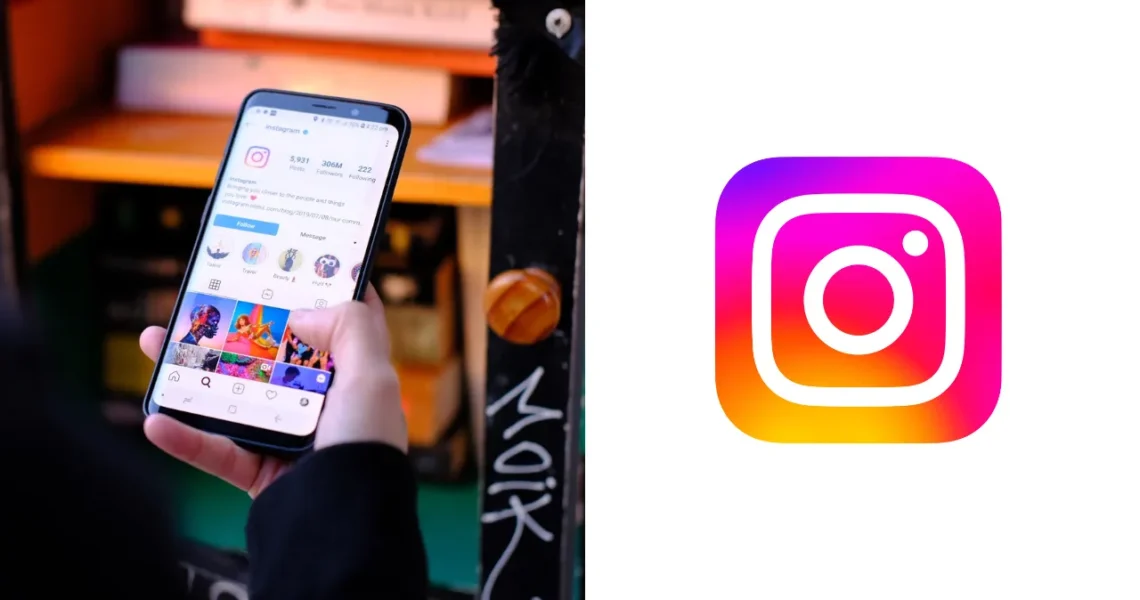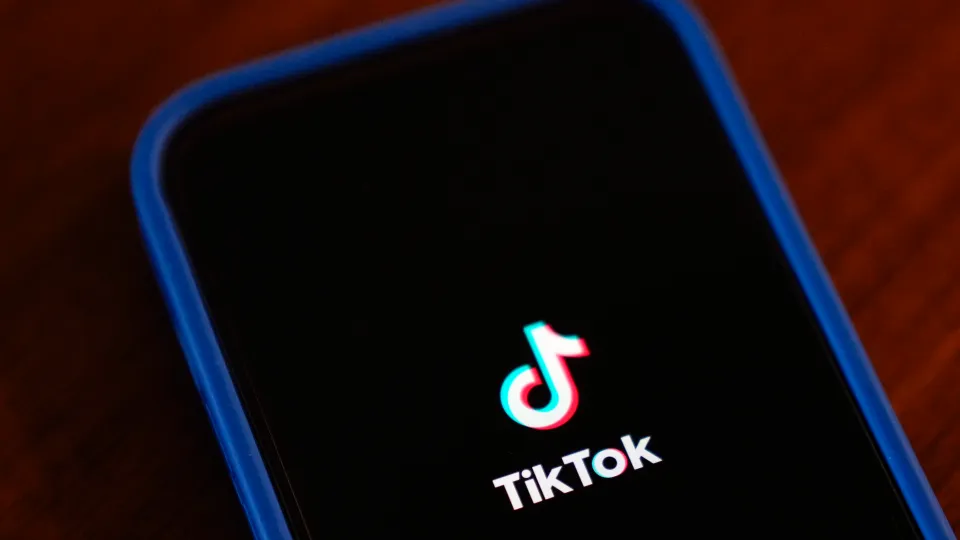Instagram Public Content Now Searchable on Google
In a significant strategic pivot, Instagram has initiated a new policy allowing external search engines, including giants like Google and Microsoft Bing, to index public content originating from professional accounts on its platform.
This change marks a monumental shift in how Instagram content will be discovered and viewed online, extending its visibility far beyond the confines of its proprietary ecosystem. For years, Instagram had maintained a more closed-off approach, actively requesting that search engines refrain from indexing its vast repository of user-generated content. The implementation of this new policy, which officially took effect on July 10, 2025, opens up unprecedented avenues for content discoverability and digital presence.
Under this updated framework, a wide array of public content – including photos, videos, and Reels – from eligible accounts can now appear directly in external search engine results. This means that a visual search for a specific product, service, or creative work might now directly lead users to an Instagram post, rather than just a profile link. This change is poised to fundamentally alter how creators, businesses, and public figures leverage Instagram for reach and engagement. It signifies Instagram’s acknowledgment of the broader web as a crucial discovery mechanism, potentially driving new traffic and engagement back to its platform from organic search queries.
Eligibility Criteria: Who Can Be Indexed?
The new indexing policy is not universally applied to all Instagram accounts. Instead, it is designed with specific eligibility criteria to ensure a level of content quality and user maturity. Only accounts that meet these predefined requirements will have their public content made available for search engine indexing. These critical criteria include:
- Age Requirement: Users must be over 18 years old. This age restriction is a key safeguard, ensuring that content from minors is not inadvertently exposed through broad search engine indexing.
- Public Profile: The account must maintain a public profile. Content from private accounts, by definition, remains inaccessible and shielded from external indexing, preserving user privacy.
- Professional Account Type: The account must operate as a professional account. This category includes both business accounts (typically used by brands, companies, and service providers) and creator accounts (favored by influencers, artists, and public figures). This distinction ensures that the content being indexed is generally intended for broader public consumption and often has a professional or promotional intent.
Crucially, the policy dictates that only content from these specific types of accounts—public, professional, and belonging to users over 18—is eligible for indexing. Furthermore, the policy covers a significant historical window: it applies to all posts and Reels uploaded from January 1, 2020, onwards. This means that a substantial archive of existing content from eligible accounts will gradually become searchable, providing a rich pool of visual information for search engine users.
Under the updated terms, once an account successfully qualifies for search engine indexing, all public photos and videos from that account automatically become eligible for inclusion in search results. This comprehensive inclusion extends even to content that might have been posted before the user turned 18, provided the account now meets all current eligibility criteria. This retrospective indexing capability greatly amplifies the potential reach of established content.
Additionally, Instagram’s policy addresses the increasingly popular feature of content remixing. When users grant others permission to remix their content, these remixed versions may also be indexed and displayed in search results. This ensures that derivative works and collaborative content can also benefit from increased discoverability, recognizing the organic ways content evolves on the platform.
User Control and Opt-Out Options
Recognizing the importance of user autonomy and privacy, Instagram has diligently provided several clear options for account holders who wish to opt out of search engine indexing. This allows users to retain control over their content’s visibility beyond the platform. These options include:
- Disabling Feature via Privacy Settings: Account holders can directly disable the indexing feature through their in-app privacy settings. This granular control allows users to manage their content’s external visibility without altering their account type or general privacy settings within Instagram.
- Switching Account from Public to Private: A more encompassing privacy measure is to convert the account from a public profile to a private profile. Private accounts, by their very nature, restrict content visibility only to approved followers, effectively making their content inaccessible to external search engines.
- Converting Professional to Personal Account: For those who no longer wish to operate under the professional account designation, converting back from a business or creator account to a personal account type will also remove their content from eligibility for search engine indexing. This option caters to users whose content strategy or public presence has shifted.
Instagram also provides important disclaimers regarding the timing of these changes. The platform notes that third-party search engines may require time to remove previously indexed content after a user opts out. This delay is due to the nature of search engine crawling and caching processes, which are external to Instagram’s direct control. Furthermore, even if content is removed, profile information such as usernames and biographical details may continue to appear in search results. This means that while specific photos or videos might vanish, the presence of the Instagram profile itself in search results might persist.
A critical clarification made by the company is that Instagram does not own or control third-party search engines. This distinction is crucial: these external platforms operate independently and may use any indexed content at their discretion, always adhering to their own distinct terms of service and privacy policies. Therefore, users who allow indexing on Instagram must also understand that the subsequent use and display of their content by Google, Bing, or other search engines will be governed by those search engines’ respective policies, not Instagram’s. This highlights the interconnected yet independent nature of the broader internet ecosystem.
Implications for Businesses, Creators, and SEO
This indexing policy change on Instagram represents a monumental opportunity for businesses, content creators, and digital marketers. Historically, Instagram content has been a “walled garden,” difficult for external search engines to penetrate. This limited discoverability primarily meant that content reached audiences only through Instagram’s internal algorithms, hashtags, and direct sharing. Now, the landscape is dramatically altered.
For businesses, this means that product photos, promotional videos, and brand-related Reels can now rank directly in Google Image Search or video search results. A local cafe showcasing its new menu item on Instagram could potentially appear when someone searches “best coffee shop near me” if the image or video is relevant. This significantly expands their potential reach beyond existing followers, tapping into the vast audience that uses search engines for discovery. It transforms Instagram into a direct driver of organic traffic from the broader web.
Content creators stand to gain immensely. An artist showcasing their latest painting, a musician promoting a new track, or an influencer reviewing a product can now have their visual content found by anyone searching for related topics. This offers a powerful new avenue for audience growth and monetization.
Their expertly crafted Reels, which often require significant effort, will no longer be confined to Instagram’s feed but can become discoverable evergreen content on search engines, potentially leading to a surge in new followers and engagement. This shift demands that creators think about basic Instagram SEO principles, such as using descriptive captions, relevant keywords, and clear visual content to maximize their chances of appearing in search results.
For SEO professionals and digital marketers, this is a game-changer. It necessitates a re-evaluation of content strategies for social media. Optimizing Instagram posts for external search engines becomes a new frontier. This involves:
- Keyword Research: Understanding what users search for and integrating relevant keywords into Instagram captions, alt text, and possibly even video descriptions.
- Content Quality: High-quality, engaging visuals will be paramount. Search engines prioritize content that offers value and good user experience.
- Structured Data (Potential): While not explicitly stated, in the future, Instagram might support some form of structured data or meta-information that further aids search engine understanding.
- Consistency: Regular posting of relevant, high-quality content will help build authority and improve indexing frequency.
This change also highlights the increasing convergence of social media and traditional search. As platforms like Instagram become more sophisticated in their content offerings (e.g., long-form videos like Reels), their utility as information and discovery hubs grows, prompting search engines to integrate them more deeply.
The challenge for Instagram will be to balance this increased discoverability with user privacy and content management, ensuring that users feel empowered and in control of their online presence. The new policy represents a strategic move for Instagram to remain competitive in a rapidly evolving digital landscape, where visibility on all major platforms is key to sustained growth.
Future Landscape: Opportunities and Challenges
The decision by Instagram to allow search engine indexing of public professional content opens up a new frontier for digital marketing and content consumption. The opportunities are vast. Brands can enhance their visibility and reach new customer segments by optimizing their visual content for search.
Creators can broaden their audience beyond the Instagram ecosystem, driving traffic back to their profiles and potentially increasing their revenue streams through wider exposure. The interconnectedness of social media and traditional search engines will continue to blur, making a holistic digital strategy even more critical.
However, this shift also presents certain challenges. For Instagram itself, managing the volume and quality of indexed content will be an ongoing task. Ensuring that relevant, valuable content is prioritized while addressing any potential for misuse or spam in search results will be crucial. For users, understanding the nuances of the opt-out options and the independent nature of third-party search engines will be vital for maintaining desired levels of privacy. The responsibility for how content is displayed and utilized outside of Instagram ultimately lies with the search engines, requiring users to be aware of the terms and conditions of Google, Bing, and others.
Furthermore, this development could intensify competition for visibility in search results. As more Instagram content becomes indexed, the importance of creating truly unique, high-quality, and keyword-optimized visuals will grow. Simply posting content will no longer be enough; strategic content creation with discoverability in mind will become essential for success.
This evolution underscores the dynamic nature of the digital world, where platforms constantly adapt to user behavior and technological advancements. Instagram’s move to embrace search engine indexing is a bold step that promises to reshape the landscape of online content discovery for years to come.






